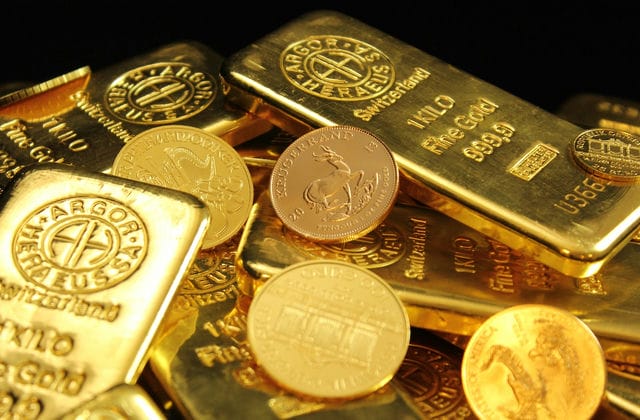The interest rate, in its manifestation, is the ratio of the amount of interest to the total amount of capital borrowed in a given period. For many years, economists have been trying to find a theory that fully explains the structure and changes in interest rates. The "classical school" believed that the interest rate was the price of capital and that the supply and demand for capital determined changes in the interest rate; Keynes saw the interest rate as "the price of using money"; Marx believed that "the interest rate is the surplus value Marx believed that "the rate of interest is a part of surplus value and is an expression of the participation of the borrowing capitalist in the distribution of surplus value".

Interest rates are usually controlled by the central bank of the country. All countries use interest rates as one of the most important tools of macroeconomic regulation. When the economy is overheated and inflation rises, interest rates are raised and credit is tightened; when the overheated economy and inflation are under control, interest rates are adjusted downwards appropriately.
The exchange rate is the relative price between the currencies of two countries, and the pricing mechanism of other commodities, it is determined by the supply and demand in the foreign exchange market. Foreign exchange is a financial asset that people hold because it generates a return on their capital. When people choose whether to hold their own currency or to hold a foreign currency, they first consider which currency will give them a greater return, and the rate of return on each country's currency is first measured by the interest rates in its financial markets. A rising interest rate on a particular currency increases the interest return on holding that currency, attracting investors to buy that currency and therefore supporting it favorably; if interest rates fall, the return on holding that currency decreases and that currency becomes less attractive. Thus, if interest rates rise, the currency is strong; if interest rates fall, the currency is weak.
In an economic sense, the return from holding any two currencies should be equal at equilibrium in the foreign exchange market, which is: Ri = Rj (interest rate parity condition). Here, R represents the rate of return and I and j represent the currencies of different countries. If the returns from holding two currencies are not equal, an arbitrage is created: buying foreign exchange A and selling foreign exchange B. With this type of hedging, there is no risk. The hedging mechanism thus promotes equal returns on the two currencies once they are unequal. In other words, there is an inherent tendency for interest rates in different national currencies to equalize, which is a key aspect of the impact of interest rate indicators on the movement of foreign exchange rates and the key for investors to interpret and grasp interest rate indicators. For example, in August 1987, as the dollar fell, people scrambled to buy the pound, a high-interest currency, resulting in a very short period of time the pound exchange rate rose from $1.65 to $1.90, an increase of nearly 20%. In order to limit the rise of the pound, in May-June 1988, the UK reduced interest rates several times, from 10% to 7.5% per annum, accompanied by each reduction in interest rates, the pound exchange rate fell. However, as the pound depreciated too quickly and inflationary pressures increased, the Bank of England was then forced to raise interest rates several times, and the pound exchange rate gradually began to recover again.

The movement of the US dollar is strongly influenced by interest rate factors. In general, the dollar interest rates fall, the dollar will be weak; dollar interest rates rise, the dollar will be strong. the first half of the 1980s, the United States in the presence of a large trade deficit and a large fiscal deficit, the dollar is still strong, is the United States to implement a high interest rate policy, prompting a large amount of capital flow from Japan and Western Europe to the United States.



























